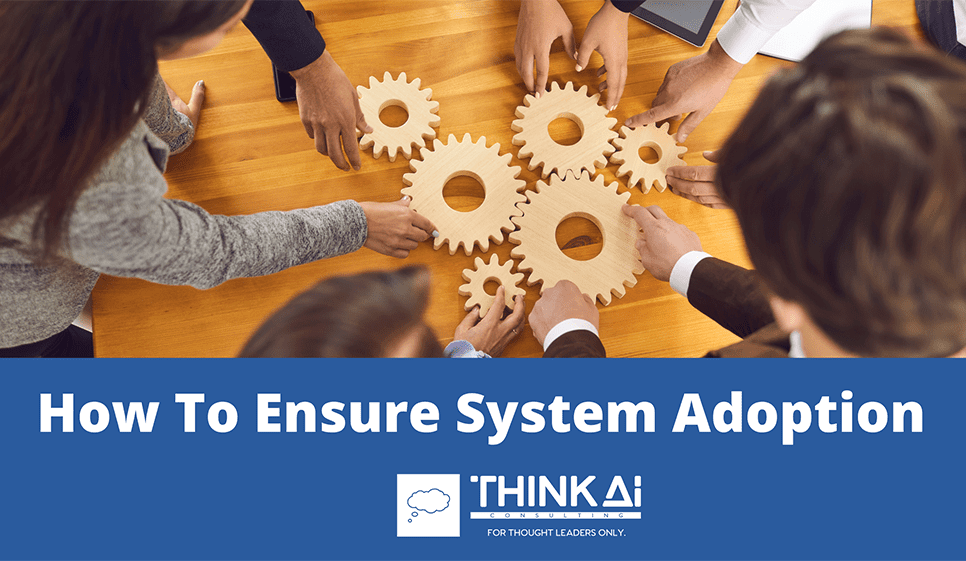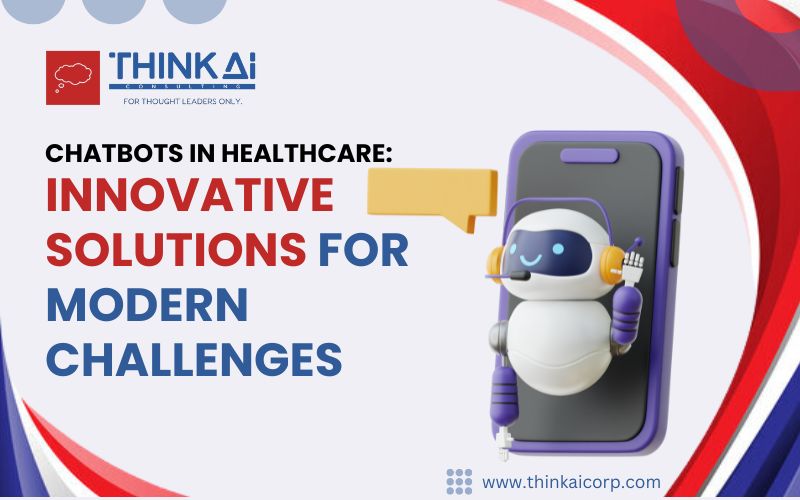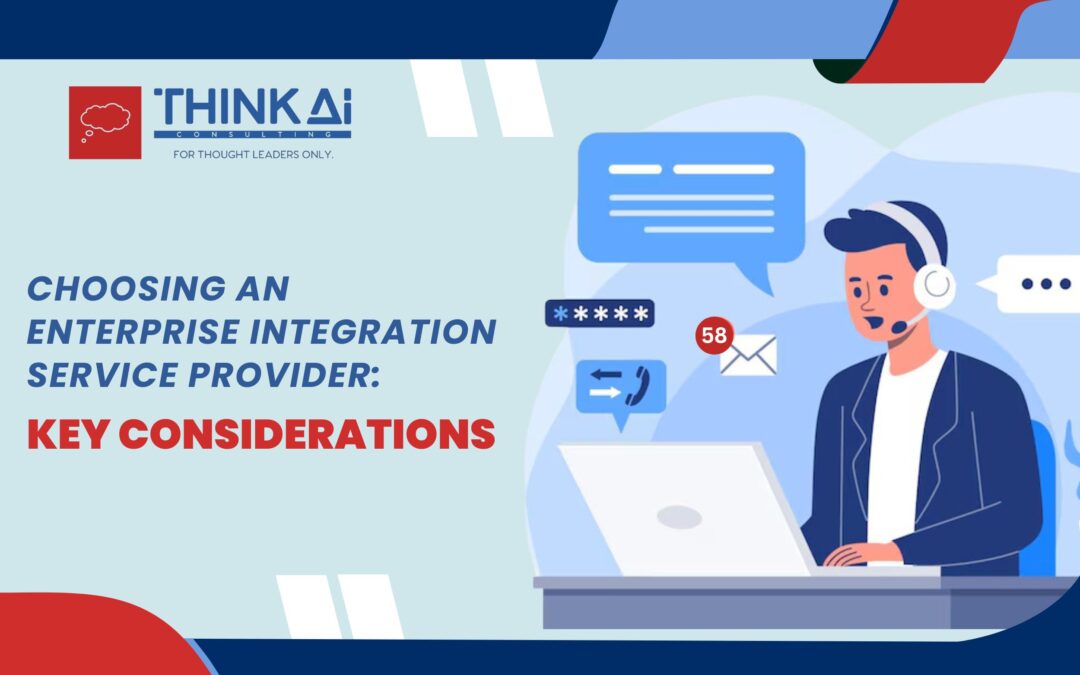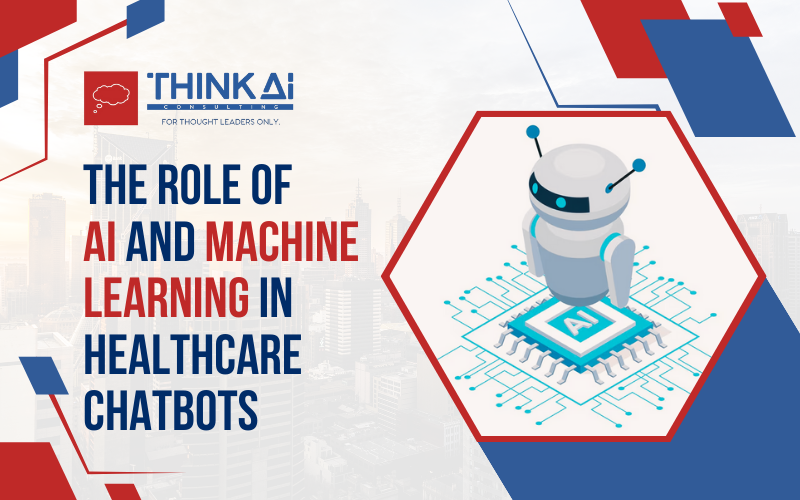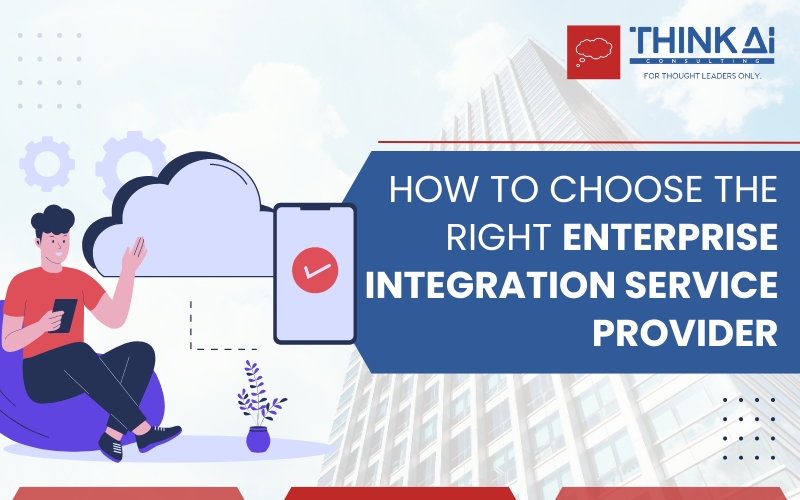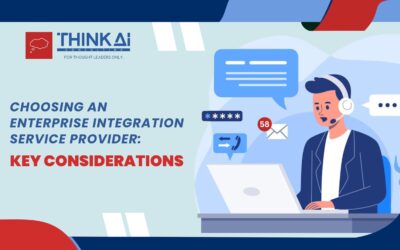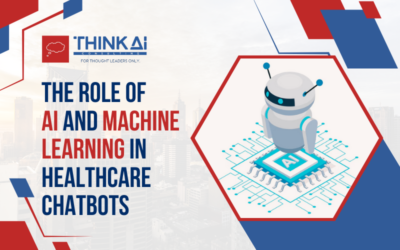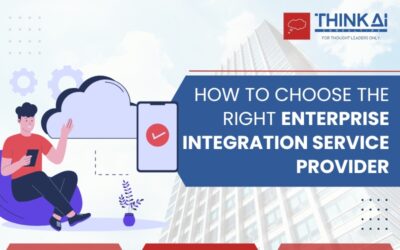Why are companies struggling with achieving system adoption?
With all the latest changes in technology, it is becoming quite easy to get through the initial setup, start collaborating and get people on board. You will often see that one “go-getter” person from within the company take the lead on implementing the system. Sometimes, however, other employees do not follow their lead. This could be due to any of the following reasons:
- Management does not provide authority to this person who is taking the lead.
- Employees do not believe it is being done correctly.
- Employees were not consulted in advance. This makes them disinterested as they prioritize other requirements of their job function.
- The right kind of knowledge transfer is not provided to employees, so they don’t understand the new system.
- Sometimes people become envious of others and, as a result, do not follow their lead.
- Sometimes, you are required to be a little strict to enforce a new behavior, and that can be challenging for certain team dynamics.
So what is the solution? Before starting, it is a good idea to plan the new system implementation step-by-step to have the best system adoption possible. Below are a few points to consider:
- Management should provide the right kind of authority to anyone who chooses to take the lead on system adoption.
- Ensure other department heads are consulted before implementing the system.
- Ensure there is proper training in place as part of the implementation.
- Plan for ongoing training and support.
- Ensure you have access to the right kind of expertise. You will need someone who can lead the project, train the users, guide the implementation, and maintain best practices.
What is the easiest or quickest way to address system adoption?
As you may notice with the last point, sometimes getting this guidance from an external source becomes a desirable solution to the problem of system adoption. It keeps everyone motivated to work on the project, and it helps maintain productive team dynamics because the third party is in an ideal position to be neutral while bringing the expertise to deploy the system. In addition, utilizing an outside company for your implementation can lead to a faster Return on Investment (ROI) for your company. If the new system is deployed internally, you can see a greater delay in achieving your full ROI not only because of the less-specialized expertise of your employees but also because you lost their usual productivity for the duration of the implementation. This means that since your employees would likely take longer to implement the new system, the path towards full system adoption would also be longer and more arduous.
McKinsey Insights Reports states that B2B software is now 50% more important in a post-COVID-19 environment. This is not to discount the value of any internal support. System adoption needs a champion within the company to push the new changes. The role of the champion is the strongest when equipped with guidance, more so than when someone is assigned the role of champion and implementation specialist as well. Trying to do both becomes too much for one person to handle. This is actually one of the items I want to highlight as one of the major pitfalls in system adoption.
The second pitfall would be not following the best practices of deploying the right kind of how-to-guides and training to equip your users for success. One of the keys to successful training is having a supportive team standing by after the system has gone live.
The final key to the system adoption is to ensure training as it relates to the business is included and planned for. To put it another way, technical training on any new system is common; however, if your training does not connect to your unique business problem and how it is being solved, it is harder to make sense of the new system and how it relates to your business’s bottom line.
How can the latest technologies help a company with system adoption?
As we all know, people have very short attention spans. This means that connecting to users through their mobile devices is more important than ever. In the case of remote workers, the way they likely want to consume their training information is through quick videos. People are already used to watching videos on YouTube, TikTok, and other content streaming services, but in the business environment, there are also streaming options available such as Vimeo, Microsoft Stream, or YouTube. These enable you to create your own streaming channel exclusively for learning, designed for business users. When we deploy a SharePoint solution or a Teams solution, we deploy the actual training videos for SharePoint or Teams as part of the implementation. Because those videos are right there, employees can easily access that from their desktop or mobile device.
There are also AI-based chatbots that utilize conversational AI and can be deployed in your environment. This means that you can now equip your employees with a tool where they can ask questions about their new system. Then if they do not understand how to use something, rather than losing their system adoption, you can have the chatbot provide them with an answer or even a training video immediately. By meeting your employees where they are as they learn about a new system, you will improve your system adoption significantly.
What are some key items to have in place to improve system adoption?
If you can be clear about why you are deploying the system and effectively communicate to your employees, department heads, or anyone else who might be impacted or responsible for rolling out the system, it will yield powerful results. If the “why” is clear, then going into how to use the system becomes that much easier. It is always beneficial to explicitly communicate how the system is going to be helpful. Simply put, clarity is power.
Once we are clear on the why, then comes the execution and system deployment. That means we need to have a proper go-live and training plan for everybody involved. Let’s say I have identified champions who will be the advocates for encouraging people or who will be the trainers who will get trained before training others. If we can do that, it becomes easier to focus on those champions first and then let them take things further with everybody else in the business. So, focus on recruiting champions for your system, and then once they have been trained and once they are capable of training others, provide them with an abundance of support in the form of cheat sheets, how-to guides, and videos. This will save them time when training everybody else because they will have a quick URL to direct people to.



